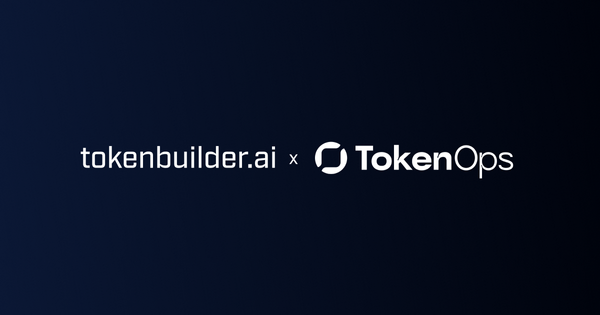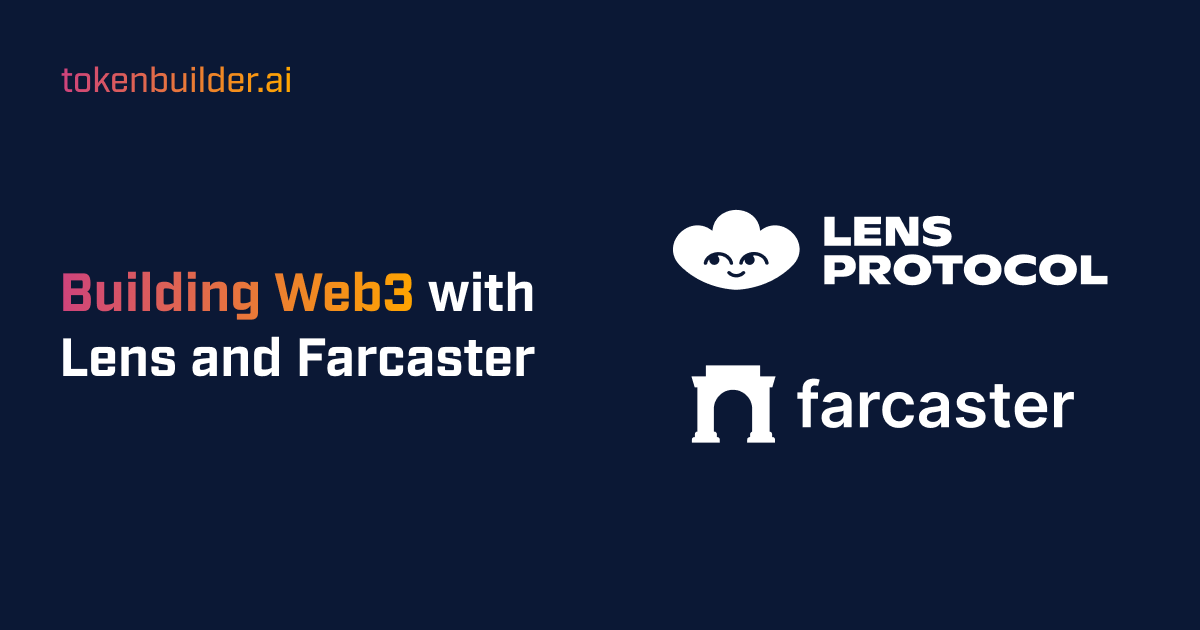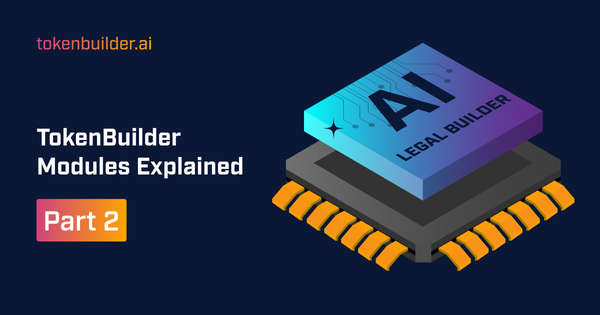TokenBuilder’s Modules Explained (Part 1)
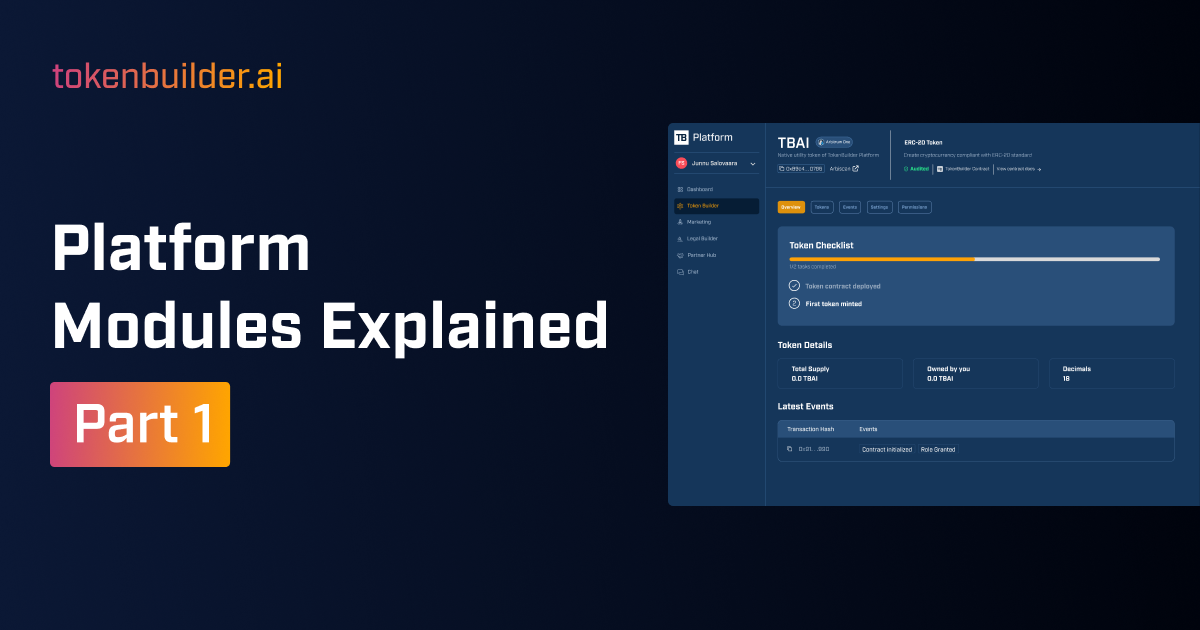
This is the first of three installments where we will be taking a deep dive into the different modules of TokenBuilder’s platform. These are aimed at explaining at a more granular level the specifics, characteristics, and functionalities of each module. In this issue we will be exploring and learning more about: Project Builder, Tokenomics Builder, and No-Code Token Minting.
Project Builder
The Token Builder tool, part of the Project Builder module, will assist projects in crafting tailor-made token models to successfully launch utility tokens, real world assets’ (RWA) tokens and meme coins.
Utility Tokens
Utility tokens are not just currencies, but serve as keys to unlock services, privileges, or benefits within a platform. Key aspects include:
- Functionality and Access: Utility tokens can grant access to certain features of a platform, such as voting rights, discounted fees, or exclusive content.
- Ecosystem Engagement: They incentivize user participation and engagement, rewarding actions that benefit the ecosystem, like content creation, platform moderation, or network security provisions through staking.
- Customizable Attributes: Projects can customize utility tokens on TokenBuilder.AI to have specific attributes, such as expiration dates for tokens used in seasonal or event-based activities, or varying levels of access based on the number of tokens held.
- In-game Currencies: Utility tokens can be used for virtual currencies and items within video games, streamlining the management of in-game economies.
Real-World Assets (RWAs)
The tokenization of RWAs has been a hot topic so far in 2024, especially as Blackrock has launched its first tokenized fund on Ethereum. The fund will tokenize repos, cash and T-bills and offer qualified investors dividends in the form of tokenized USD yield. This is just the beginning and we can expect tokenization of different asset classes, such as real estate, to follow suit in the near future. RWAs will open up new doors for investment, trading and ownership worldwide. Some of the key advantages that they will unlock for projects include:
- Fractional Ownership: Tokenizing assets like real estate, art, or commodities allows for fractional ownership, making it easier and more affordable for investors to own a portion of an asset that would otherwise be too expensive or illiquid.
- Global Access: RWAs bring traditionally local or inaccessible markets to a global audience, enabling investors from anywhere in the world to participate in markets previously closed to them due to geographic or financial barriers. In a not so distant future people living in high-inflationary countries, such as Turkey or Argentina, will be able to purchase tokenized real estate in Dubai or Zurich.
- Increased Liquidity and Efficiency: By facilitating quicker transactions and reducing the need for intermediaries, blockchain technology can significantly enhance the liquidity of RWAs and streamline the process of buying, selling, or trading these assets.
TokenBuilder.AI facilitates the tokenization of RWAs, incorporating essential attributes such as proof of authenticity and legal rights attached to the token. Additionally, it offers mechanisms for redeeming the physical asset or claiming dividends generated by the asset. By connecting smart contracts to data from their physical counterparts, TokenBuilder ensures a strict 1:1 ratio between physical assets off-chain and their digital representations on-chain.
Meme Coins
Meme coins have been another dominating narrative in the crypto space so far this year. They embody the community-driven and playful essence of this space. While most meme coins are created as jokes originating from internet memes, they have shown that they can reach significant market capitalization and create fierce, loyal communities. Some their key attributes are:
- Community and Virality: Success depends heavily on community support and virality. Meme coins often leverage social media, influencers, and meme culture to gain traction and build a loyal community.
- Speculative Dynamics: While meme coins are often created lightheartedly and do not derive their value and utility from any underlying asset, their value can surge based on market sentiment. They are highly speculative by nature, but also offer the potential for significant gains.
- Accessibility and Inclusivity: Meme coins are typically easy to create and trade, offering an entry point for newcomers. They represent an intuitive and relatable use case to onboard new users, albeit that they are highly risky.
Tokenomics Builder
Tokenomics Builder is a tool designed to guide projects through the intricate process of crafting their token economy. Tokenomics Builder will assist users with the following:
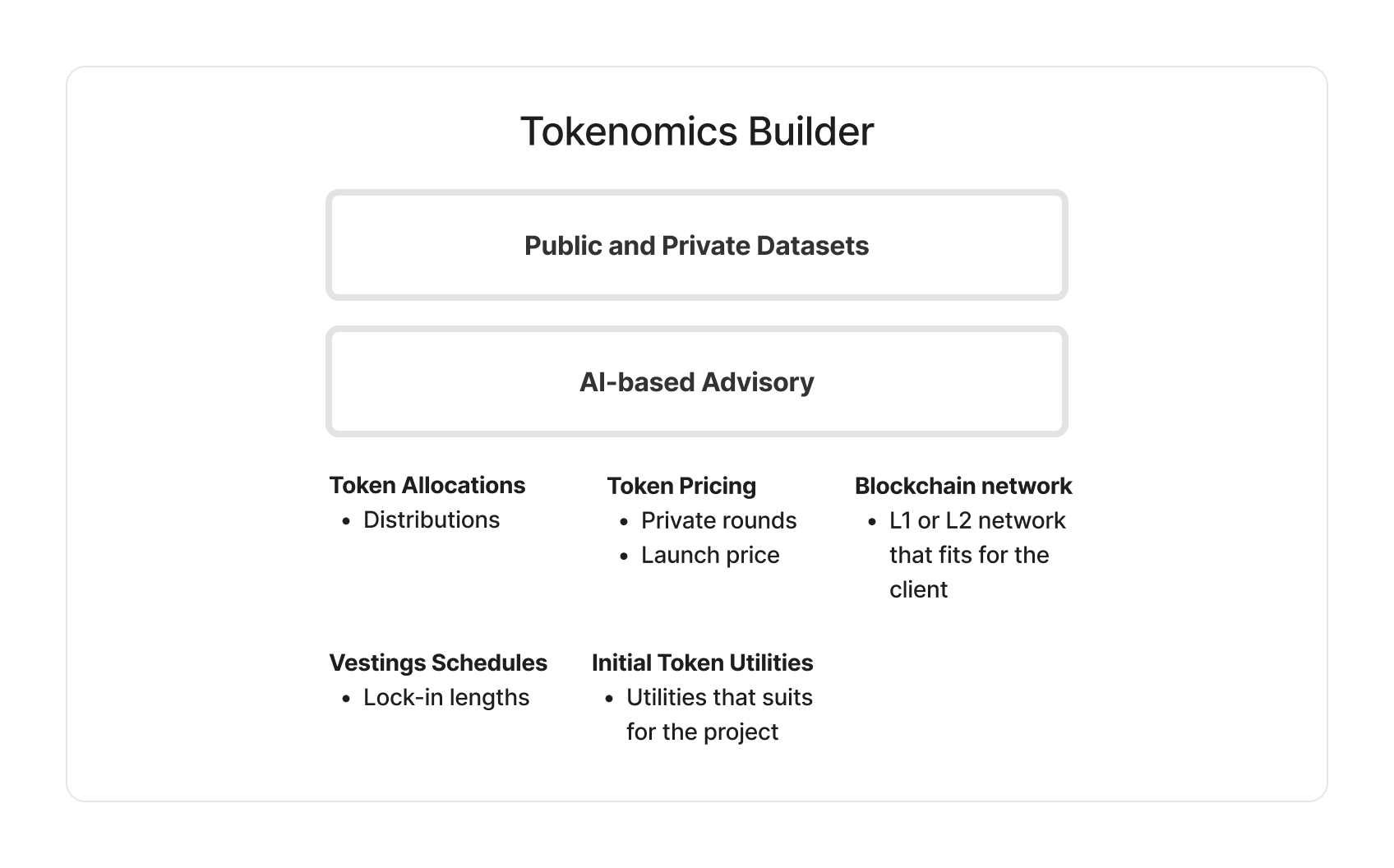
AI-powered Insights and Analysis
- Comprehensive Data Analysis: The AI agent analyzes large datasets covering a wide range of successful and unsuccessful token projects. This analysis helps identify patterns, trends, and critical success factors that will prove invaluable for projects crafting their tokenomics on TokenBuilder.
- Predictive Modeling: Leveraging predictive models, the tool offers projections on how different tokenomics decisions might impact the token's future performance. This includes scenarios modeling around token distribution, pricing strategies, and utility mechanisms.
Token Distribution Allocations
- Equitable Distribution Models: The AI agent advises on creating a token distribution model that aligns with the project's long-term vision, ensuring equitable allocation across founders, team, investors, and the community.
- Dynamic Allocation Strategies: It offers strategies for dynamic allocations that adapt over time, considering factors like project milestones, community growth, and market conditions.
Token Pricing and Vesting Schedules
- Pricing Strategies: The tool helps determine the initial pricing for a token and how pricing should evolve through different sale stages, considering market demand, project valuation, and funding requirements.
- Vesting Period Recommendations: For team members, advisors, and early investors, the tool suggests vesting schedules that protect the project's longevity and token stability. This includes lock-up periods and release schedules that mitigate market impact and align long-term interests.
By analyzing historical data and current market trends, the tool provides actionable insights that empower projects to make informed decisions. From the initial utility conception to the final distribution and pricing strategy, the Tokenomics Builder facilitates a holistic approach to designing a token economy that is not only robust and viable, but also compelling to investors and users alike.
No-code Token Minting
By supporting a wide array of token types and offering an intuitive, user-friendly interface, No-code Token Minting tool is paving the way for a new generation of blockchain builders. The tool can help and assist projects with the following core functionalities:
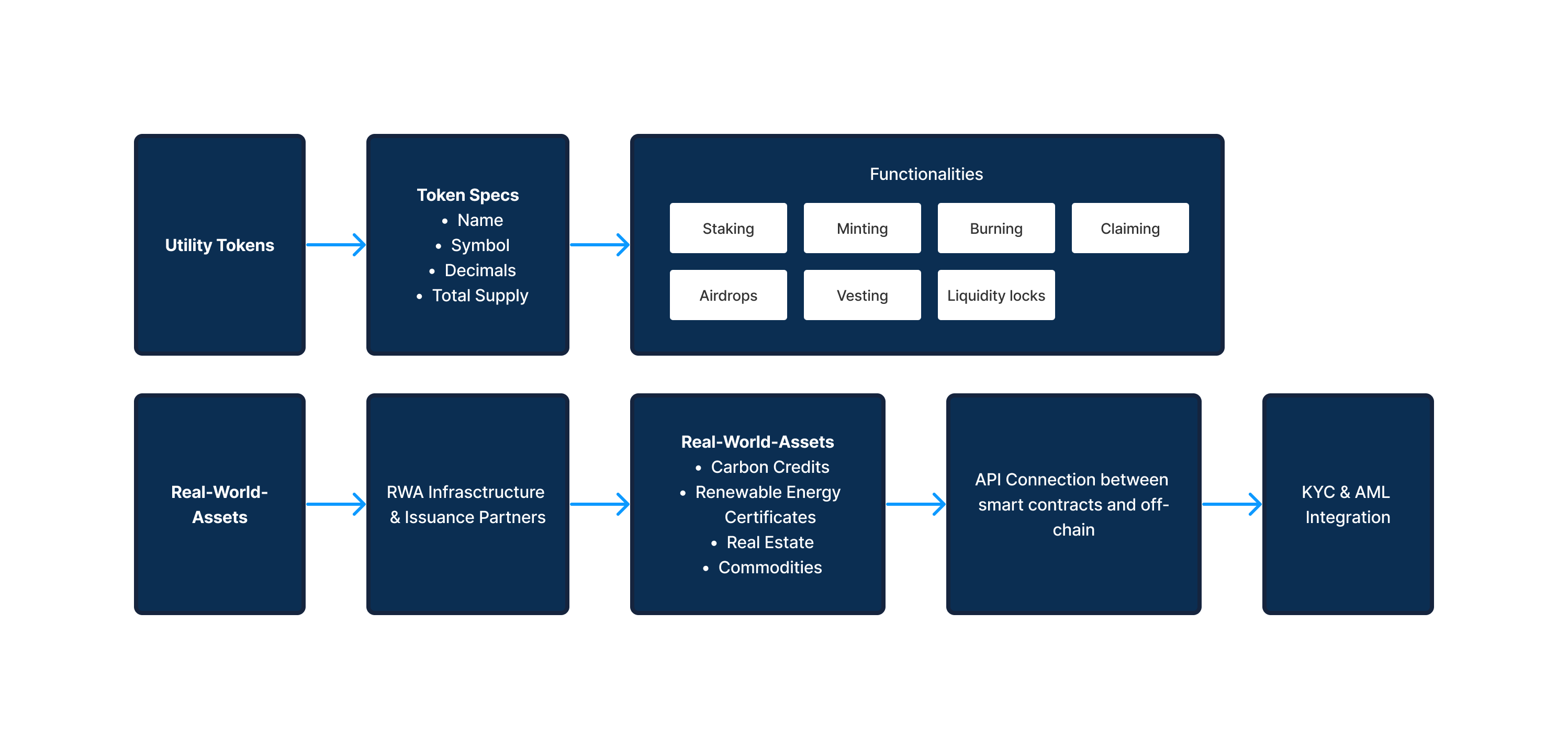
Broad Support for Token Types
- Diverse Token Standards: the tool offers support for EVM-compatible tokens, such as ERC-20, ERC-721, and ERC-404, along with Solana-based SPL tokens.
- Real-World Asset Tokenization: Beyond digital asset tokens, the platform facilitates the tokenization of RWAs.
Streamlined Smart Contract Creation
- No-code Interface: The tool’s no-code interface removes barriers to entry for creating and deploying smart contracts. Users can define the parameters and functionalities of their tokens through a simple interface, making the process accessible to non-developers.
- Smart Contract Templates: Pre-designed smart contract templates further streamline the creation process. These templates are tailored to support various token standards and use cases.
Multi-Blockchain Compatibility & Innovation
- EVM and Solana Support: Recognizing the importance of interoperability and flexibility, the tool extends its compatibility beyond Ethereum to include other EVM-compatible Layer 1 and Layer 2 networks, as well as Rust-based networks, such as Solana. This broad support ensures that projects can choose the most suitable blockchain platform for their needs, considering factors like transaction speed, costs, and community.
- Facilitating Rapid Prototyping: The tool enables rapid prototyping and experimentation with token designs and functionalities. Projects can iterate on their token concepts more swiftly, allowing for a dynamic development process that is responsive to user feedback and market trends.
Use Cases & Examples:
- Create your own cryptocurrency.
- Build custom functionalities in your tokens:
- Staking: Implement smart contract functionality for staking. Set up a staking contract for holders of your token, allowing users to stake their tokens and earn the same or a different set of tokens as rewards.
- Minting and Burning: Enable the minting and burning of tokens.
- Vesting: Automate vesting schedules for tokens.
- Liquidity Locks: Implement functionalities for liquidity locks to support decentralized exchange liquidity provisioning.
- Airdrops and Multisending: Facilitate secure batch sending to easily send tokens to hundreds of wallets.
- Claim Portal: Create a functionality for token claiming, allowing individuals to interact with smart contracts to claim tokens under specific conditions.
What's Next?
We expect to deliver the first version of TokenBuilder’s platform in Q2 2024. This version will include some of the features previously outlined, enabling projects building on TokenBuilder to readily craft tokens, customize their token economy and channel their creativity by avoiding the technical challenges associated with coding and smart contracts. Builders will be able to unlock the full potential of their inventiveness and imagination by strictly focusing on the vision for their project or token, and trusting TokenBuilder to bring this vision to life through its intuitive and user-friendly suite of modules.

